I get this question a lot: “How do you have time to read?”
Well, for one, the different stages and demands of our lives can allow for more or less time to do many things, including reading. For example, I’m single with no children and therefore I can be flexible and fit in reading easier than someone else might be able to. However, it’s possible for anyone to fit in more reading. Just remember that by “more” I mean “as much reading as you can.”
I’ve always loved reading (so that’s the first step—enjoy reading or be willing to develop an enjoyment for reading) but I wasn’t always as consistent as I have been for the past couple of years. I noticed that the difference came down to intentionally and tracking. Once I made changes in those areas, the number of books I read per year increased.
Here’s how I do it.
1. Keep one on you.
I try not to ever leave the house without a book. There have been times when I had to wait longer than I expected for a friend to show up or in a doctor’s office. That’s precious time to fit in a few minutes of reading while I wait. If I have a book with me, it’s harder for me to excuse reaching for my phone every time.
You can’t fill in spare time with reading time if you don’t have a book with you. Lunch breaks, coffee breaks, walks, pool time, carpool line—it’s all a chance to read if you’re prepared.
2. Set goals.
Setting yearly (and sometimes monthly) reading goals changed the game for me. I use a platform called Goodreads that allows you to set a reading goal for the year, along with a bunch of other great features. They call it the reading challenge. This can, of course, also be kept track of in your phone’s notepad, a journal, an Excel spreadsheet, etc.
At one point last year, Goodreads told me that I was “8 books behind schedule” for meeting my reading goal for the year, which was 40 books. There was something about seeing that I might not meet my goal that intensely motivated me to pick up the pace. I ended up finishing the year with 8 books more, 48.
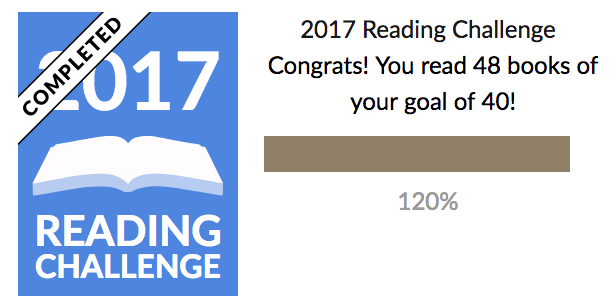
My friends on Goodreads have yearly reading challenges that range from 10 books to 200 books. Since I met and exceeded mine last year, I increased it a little this year. Set a reading goal that’s realistic for you and watch your progress.
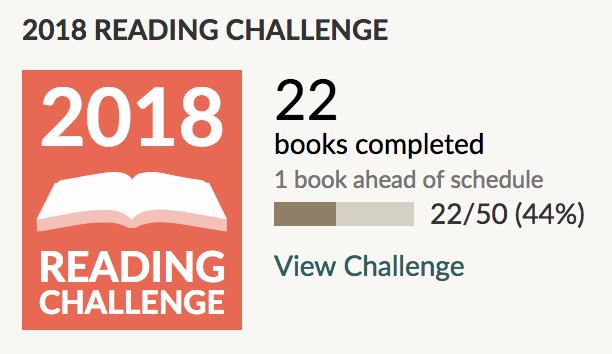
3. Follow books.
I discovered “bookstagram” a couple years ago, which is a community of people on Instagram who post about books. It’s just like any other network of people who have influence on social media and many of the accounts have hundreds of thousands of followers. A few of my favorites are @bookmateriality, @readwithkat, @literaryjo, @goodblackreads, and @bklnbooks.
Following bookstagram accounts is a great way to find out about more books to add to your to-read list. Bookstagram people and publishers (I like @riverheadbooks and @penguinbooks) are always posting about new releases and hosting giveaways, too. And if “out of sight, out of mind” is true for you when it comes to reading, having books on your social media feed could also remind you and encourage you to read.
4. Track it.
I keep track of what I’m currently reading, what I’ve read, and what I want to read. I use Goodreads digital shelves for all of this (I promise they’re not paying me) but a pen and notebook or a spreadsheet would work just fine. My “read” shelf/list shows me which books I finished and what I thought of them and my “want to read” shelf/list is a great encouragement to stay consistent in reading because I have a lot more to look forward to.
It’s also encouraging to see my progress on what I’m currently reading, another Goodreads feature. You can also make comments about what you think of the book so far.
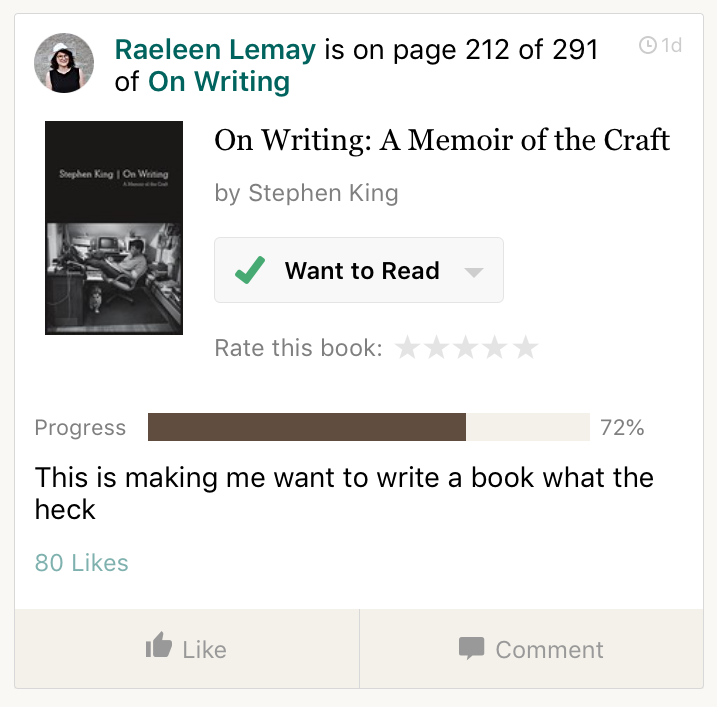
5. Connect with authors.
It’s important to remember that there’s a human writer behind the books we read, and they might be really interesting and fun people. Connecting with the authors on social media or in person at book signing events makes me more inclined to read their books.
When you have a few favorite authors, you get invested not only in the books they write but also in the books they recommend. They become a trusted voice in your reading life. Even if you only commit to reading all of their books, at least you’re reading!
6. Have a community.
Goodreads is an excellent way to have a reading community. For a few months in 2017, it was my only form of social media. You can see what your friends are reading and their ratings and reviews. Friends can recommend books to each other within the website/app and like/comment on status updates.
However, Goodreads isn’t the only way to have a reading community that encourages you to read more. You can join a book club or do a “buddy read” with a friend. It’s not much different from having a workout class or a gym buddy. If you and your friend(s) are excited about reading the book and discussing it together, you have a better chance of sticking with it.
7. Make time.
Sometimes you have to schedule things to make sure they get done. If you want to be intentional about reading, set time aside to read when you see gaps in your schedule. Have an hour free at night? Make that your reading time. Are you able to get up a little earlier in the morning to read? Those minutes add up and you’ll be finishing more and more books in no time.
I often put my phone somewhere I can’t reach it and set a timer for however long I’m going to read. If I don’t, I can easily spend two hours scrolling social media when I could’ve finished or at least made serious progress on a book in that time. I’m not vilifying social media (I love social media!), watching TV, or whatever your time-sucking vice of choice is, but if reading is a priority, you have to make time for it.
Like anything you do repeatedly, reading becomes a habit after a while. If you make reading a part of your morning, lunch break, or nightly routine, you won’t be able to envision life without it soon.
8. Read what works for you.
Under pressure to read as many books as possible, I’ve seen people try to read five books at a time, get overwhelmed, and not finish any of them. I also know people who can read multiple books at a time and it works. I had to figure out what worked for me.
Reading multiple books at a time slowed me down. Reading books with heavy subject matter back-to-back took the fun out of reading for me and overloaded my brain. You can learn from both nonfiction and fiction books and it’s okay to rotate between genres. My rotation usually looks something like this: literary fiction, nonfiction history, light mood contemporary fiction, Christian theology, historical fiction, Christian nonfiction, literary fiction.
Read what works for you in a way that works for you.
That’s it! I can see this post evolving in the future as I figure out more ways to keep healthy, consistent reading habits.
What other tips would you add to this list? If you have questions or need a Goodreads tutorial, let me know.
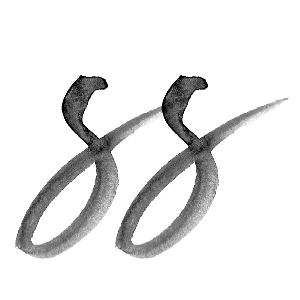
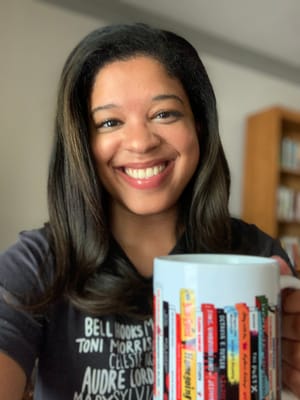
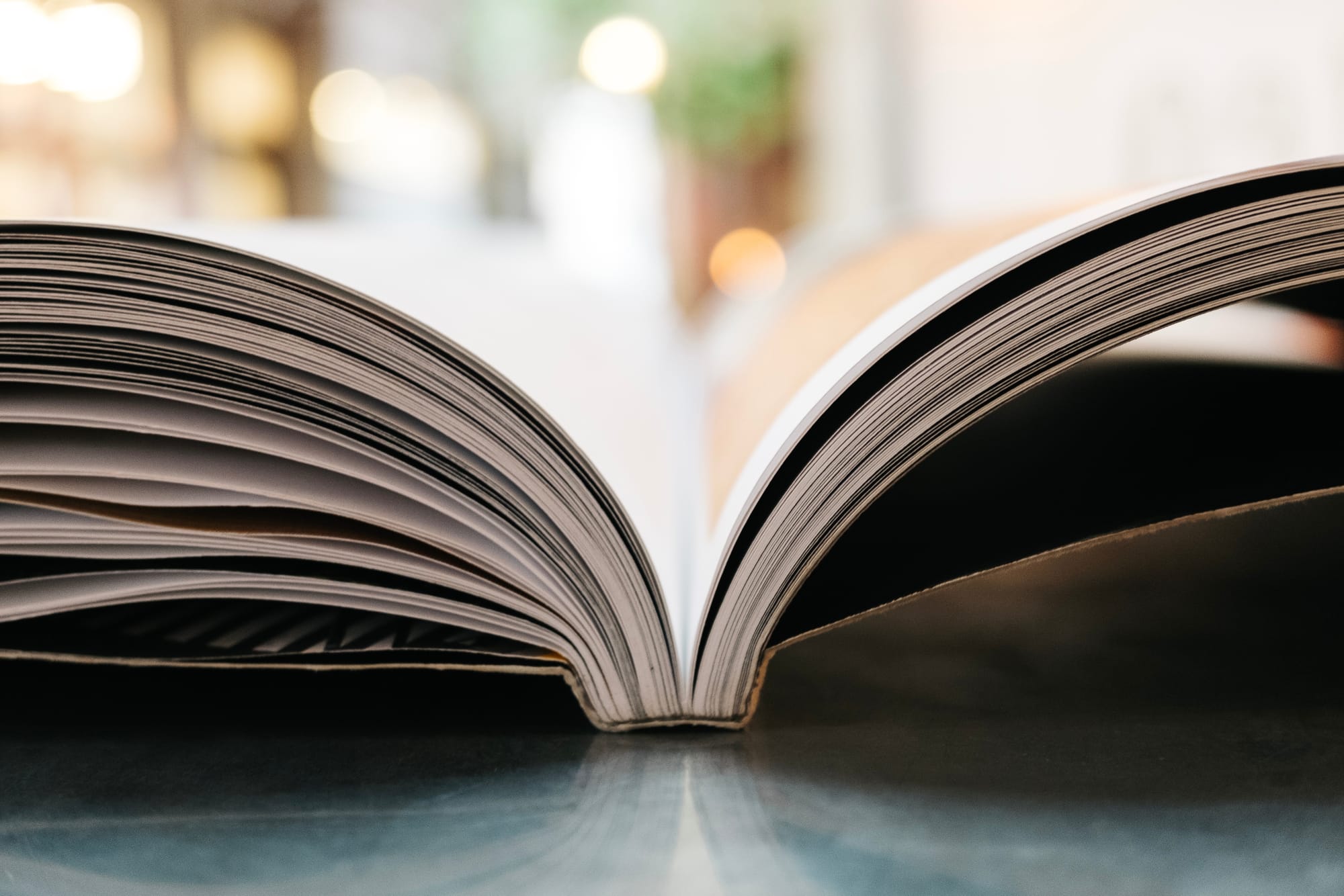



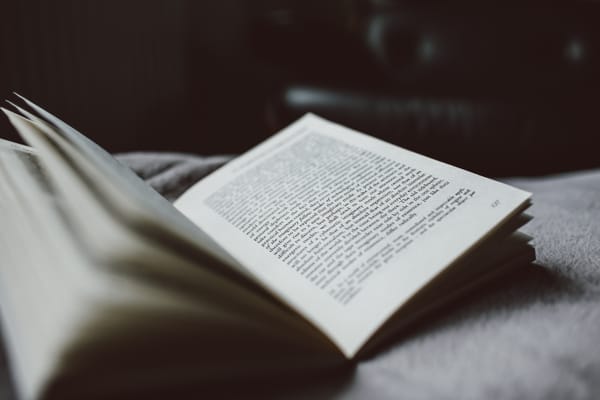

Member discussion